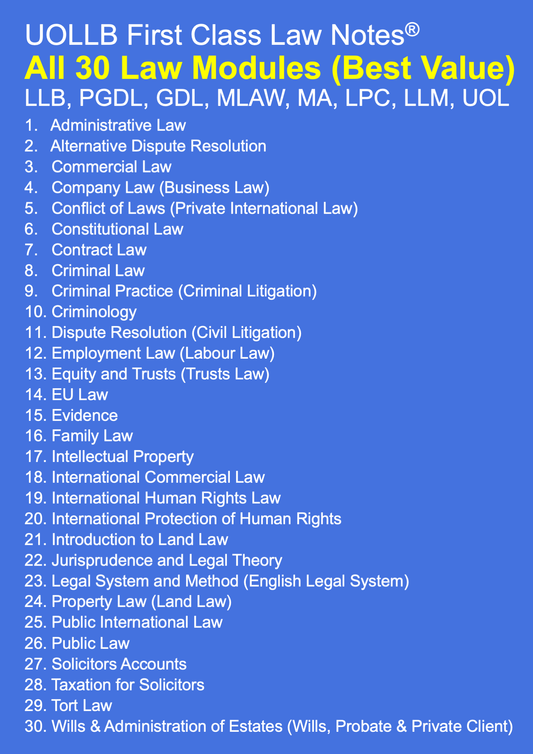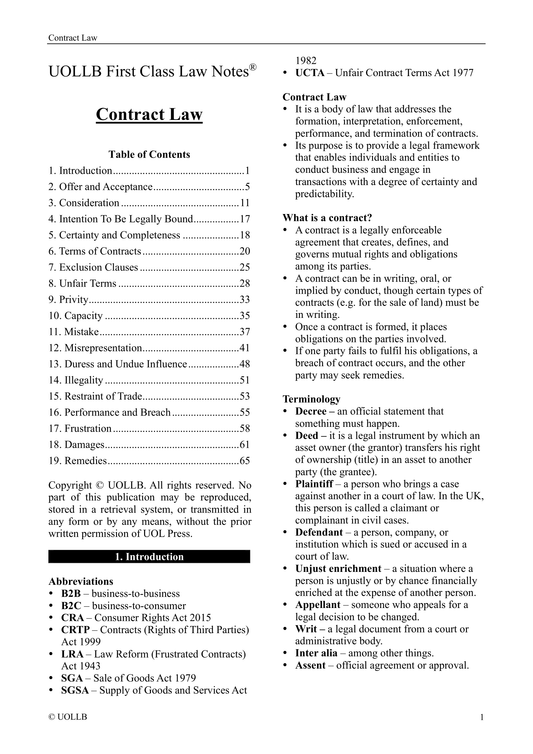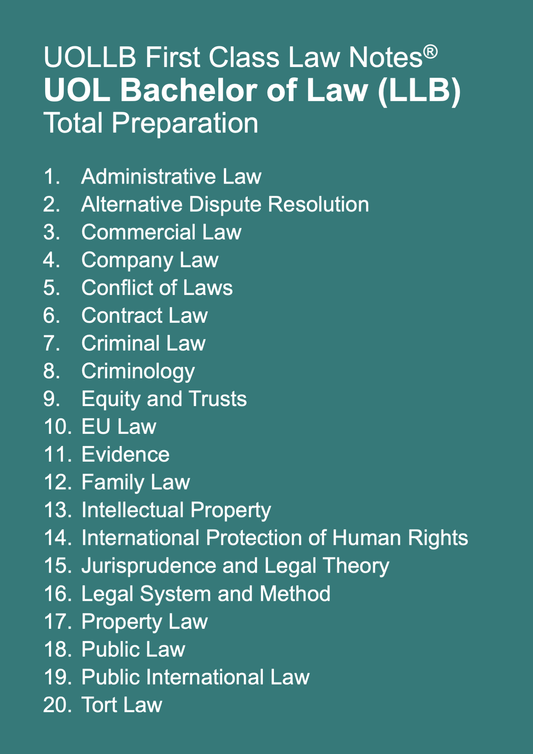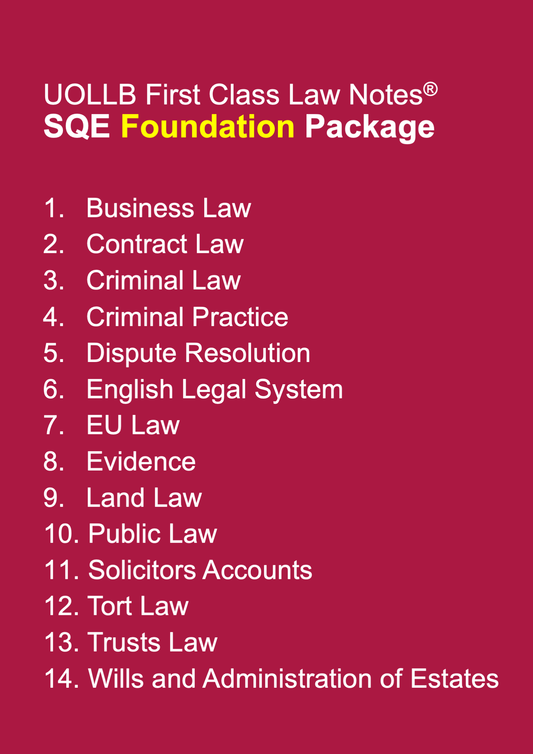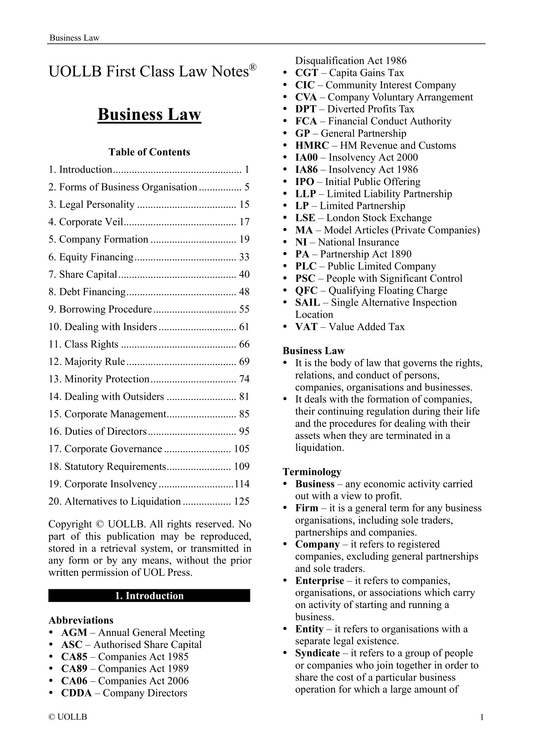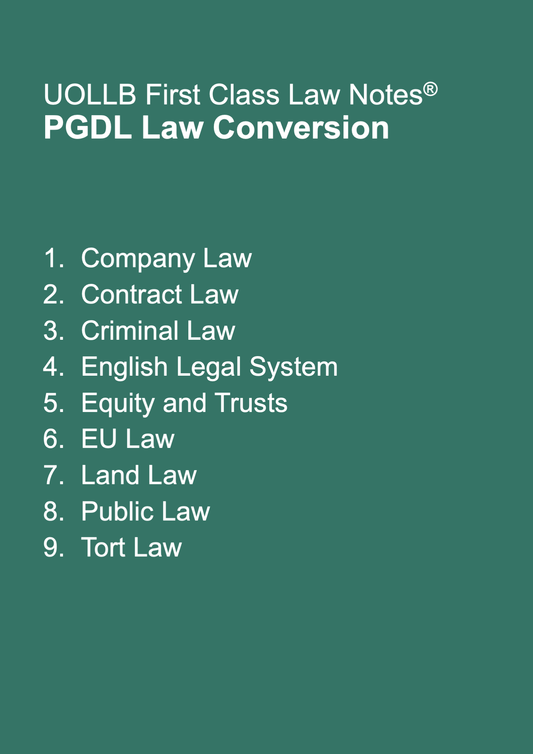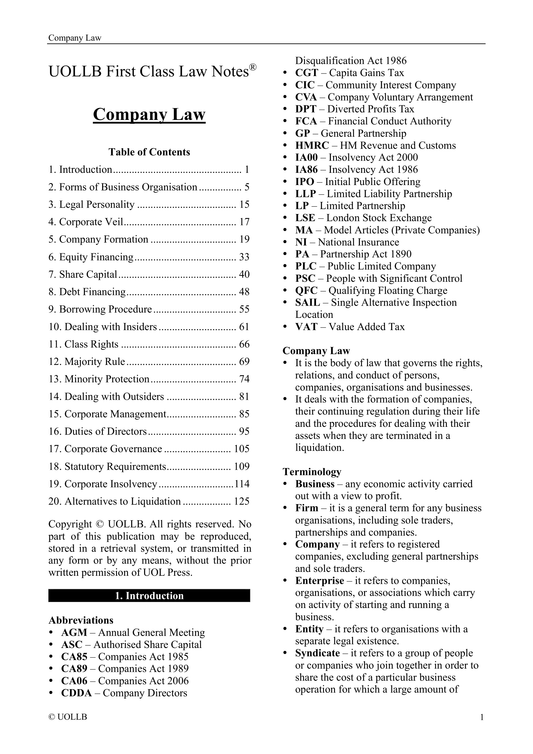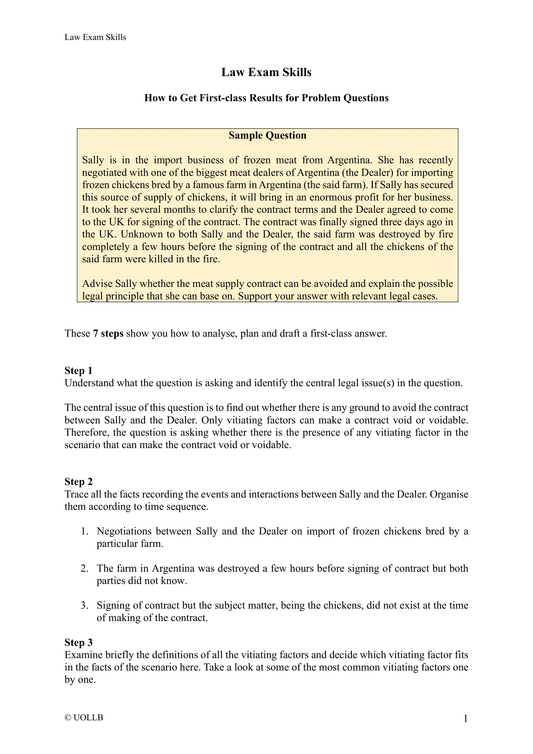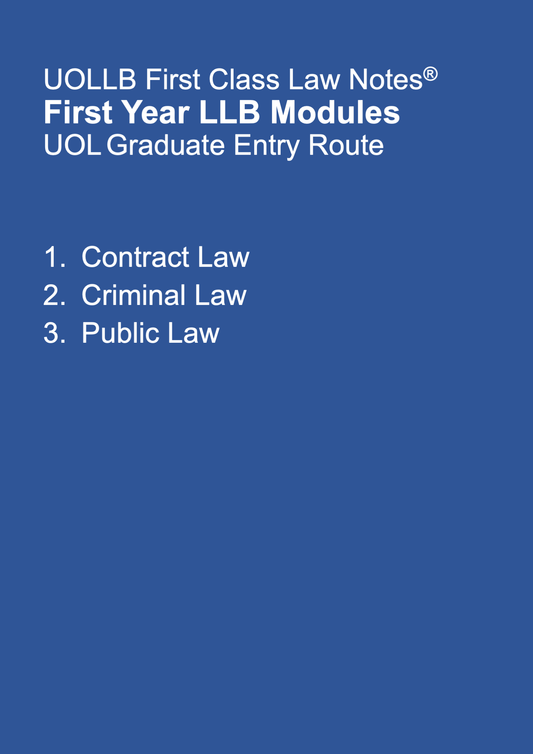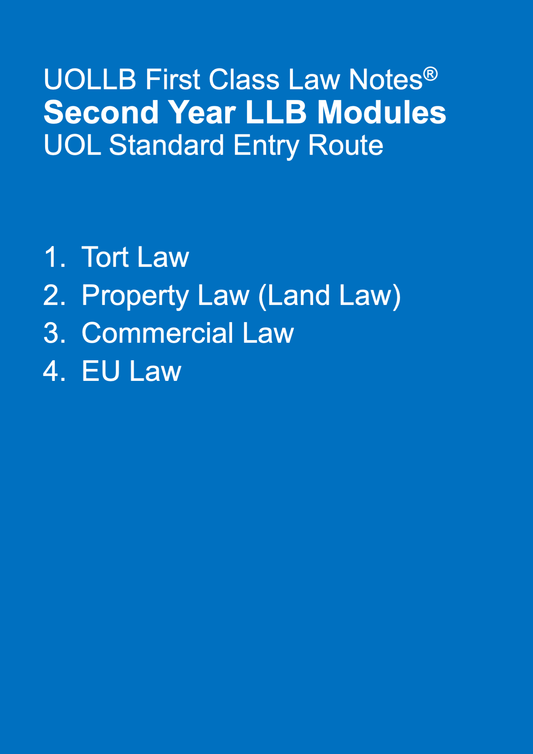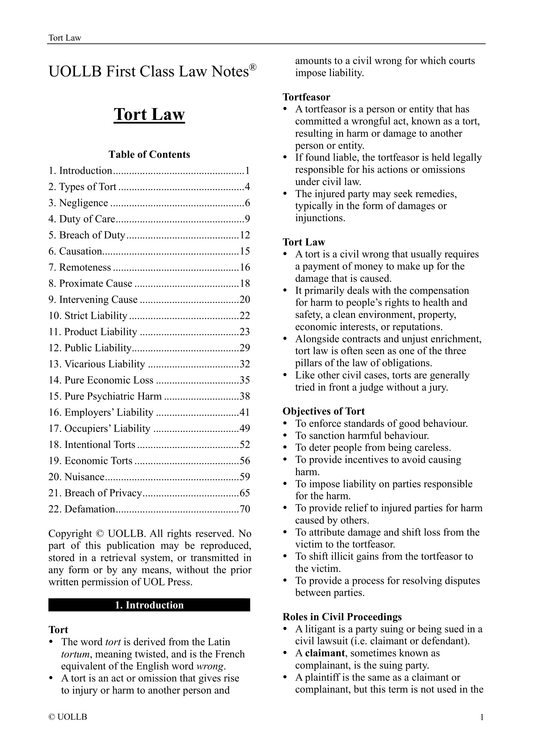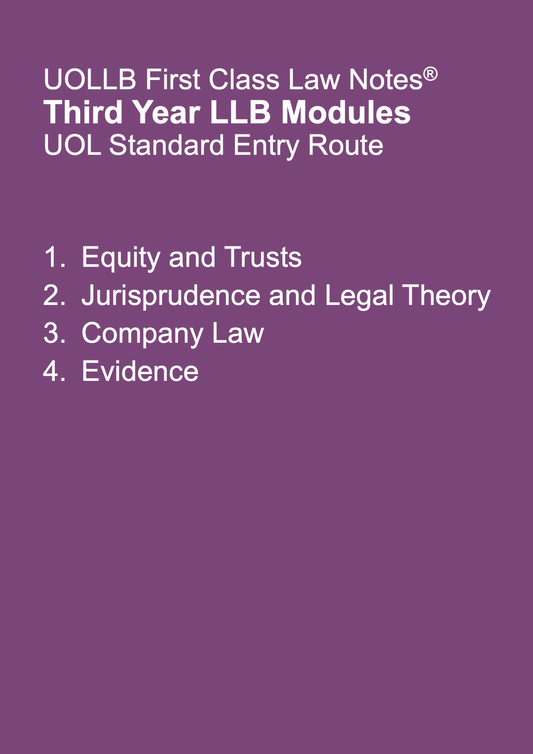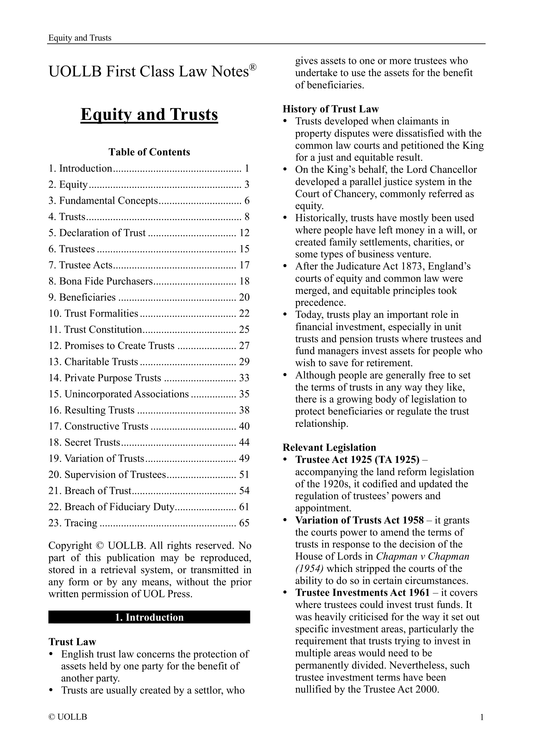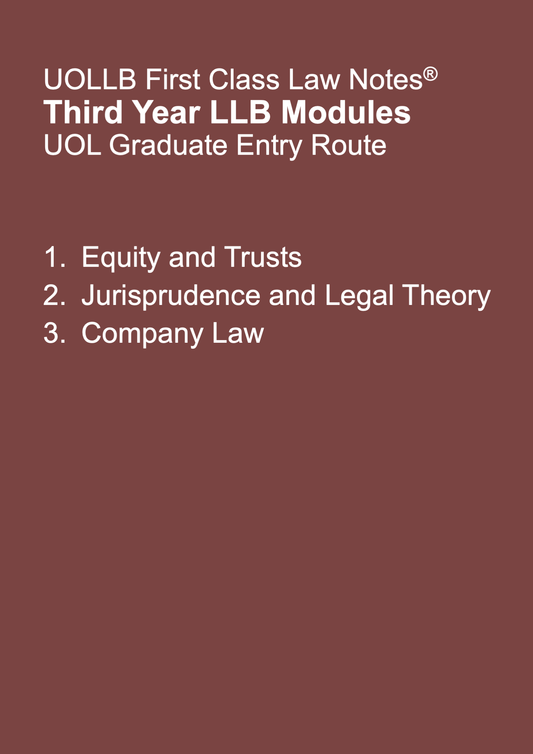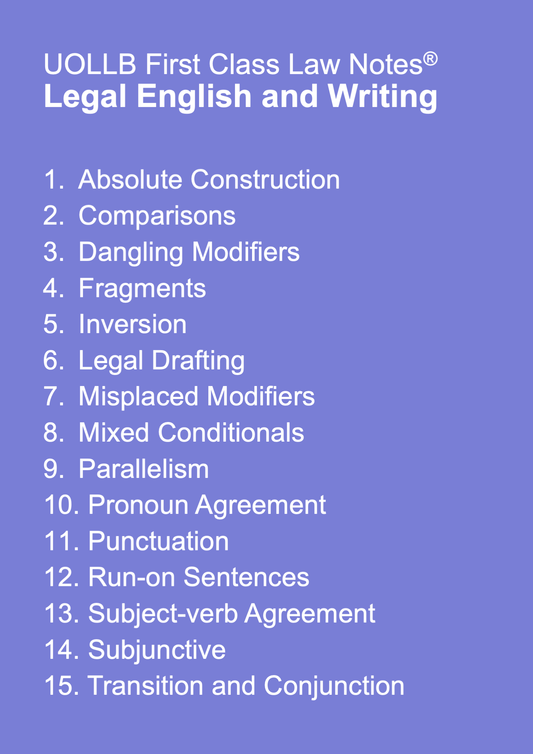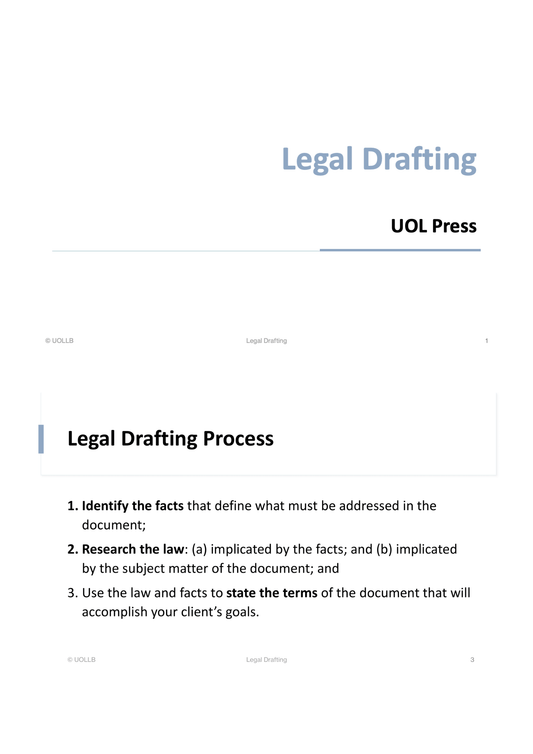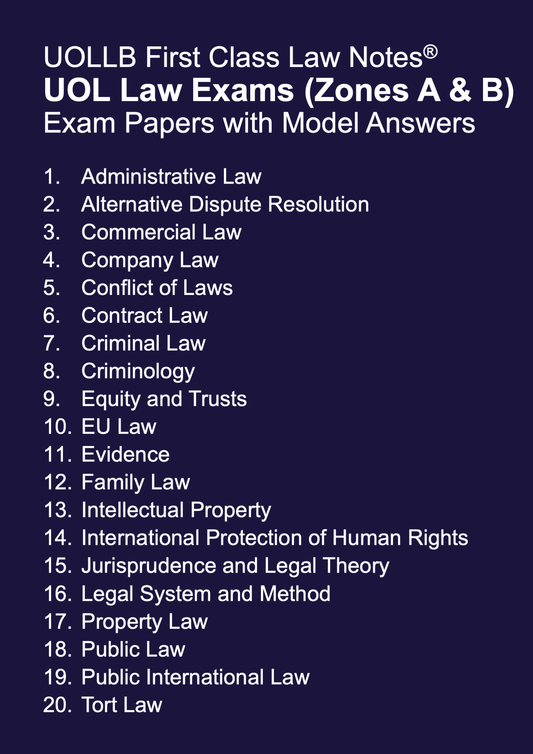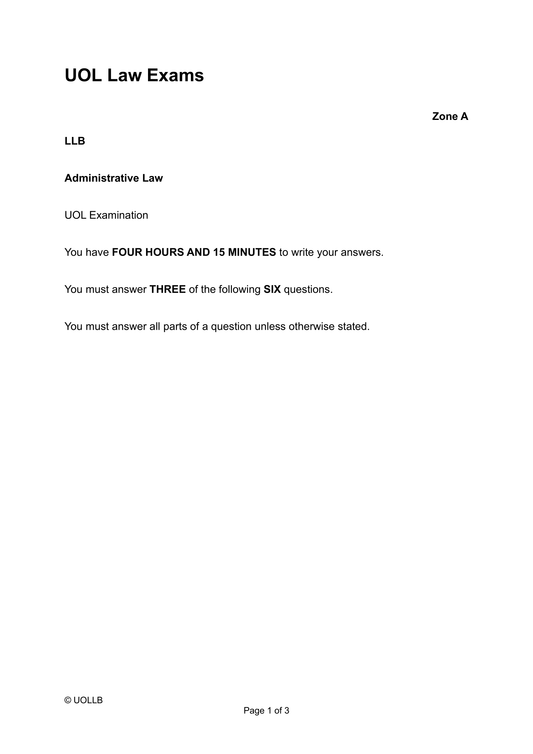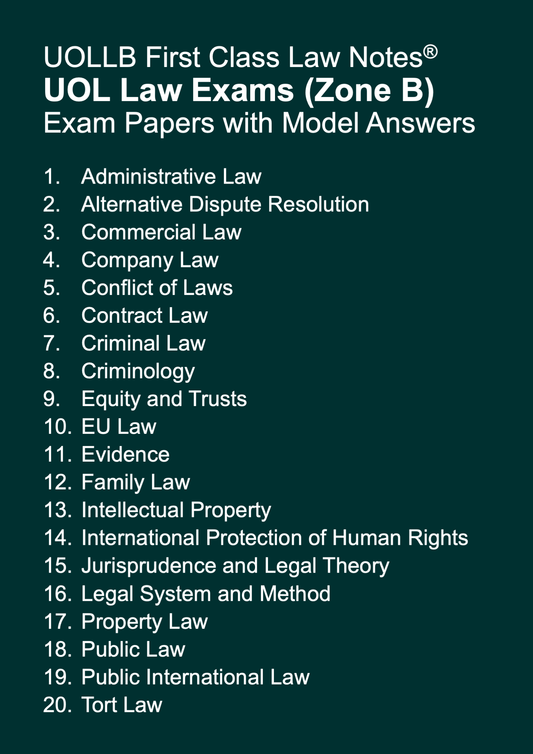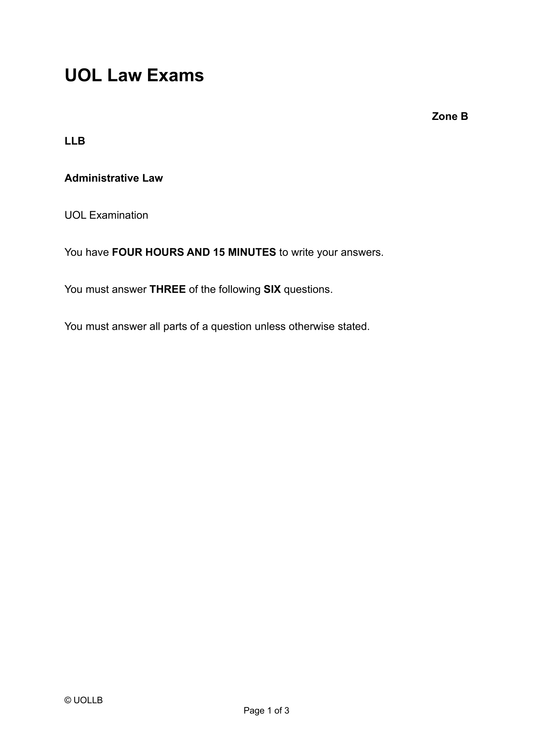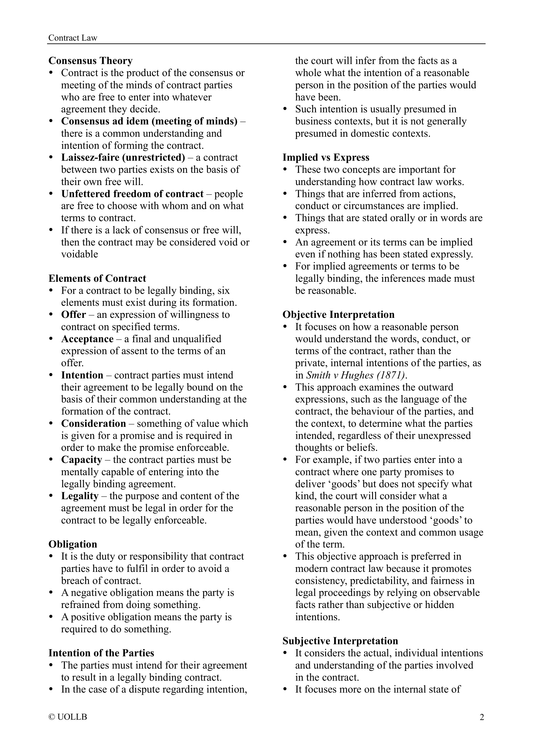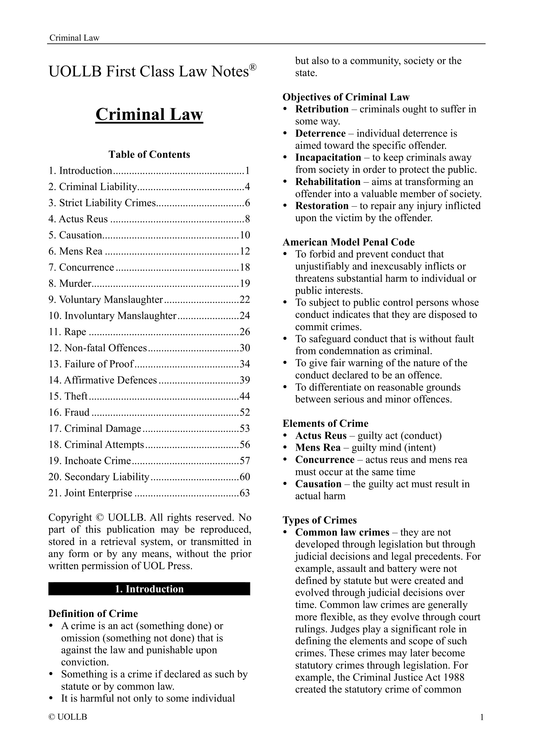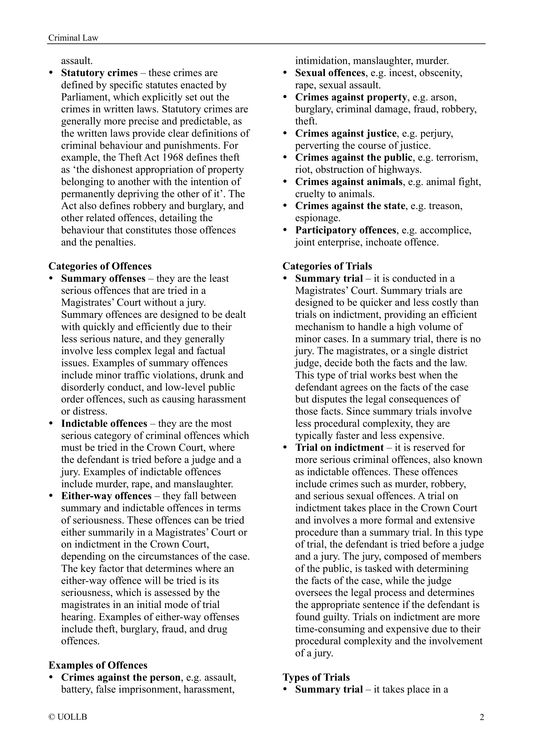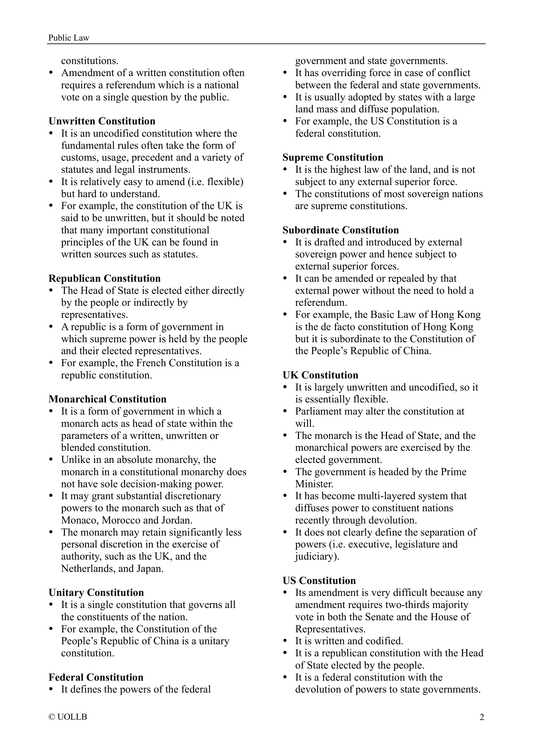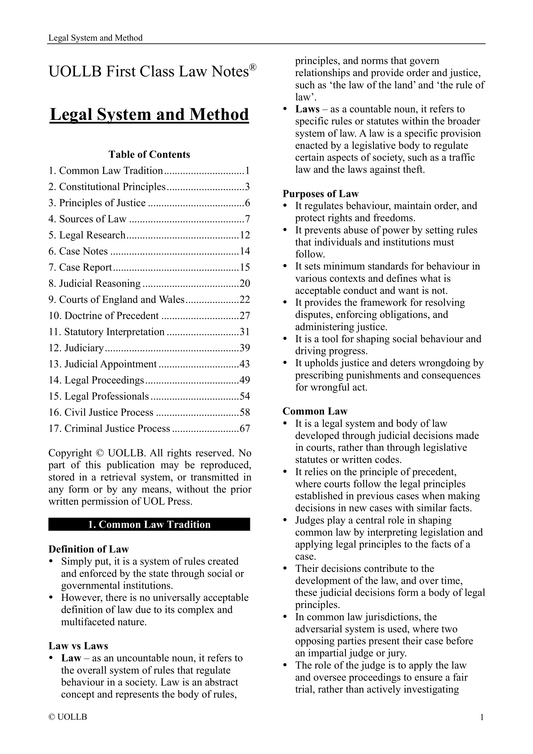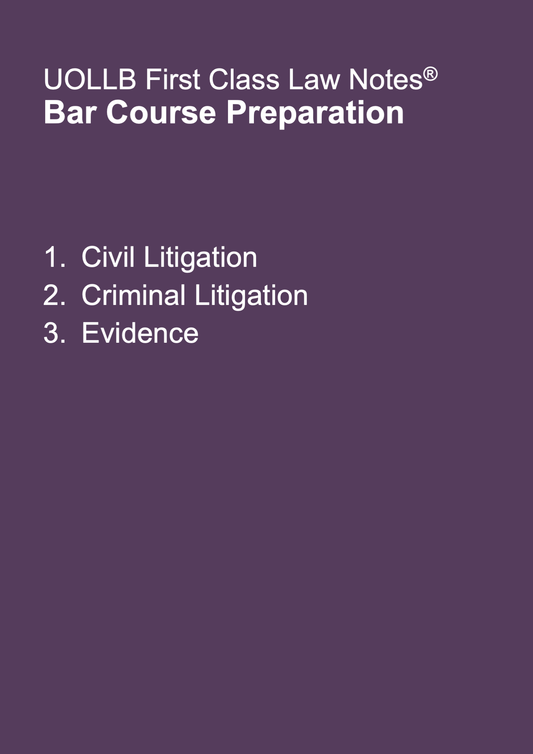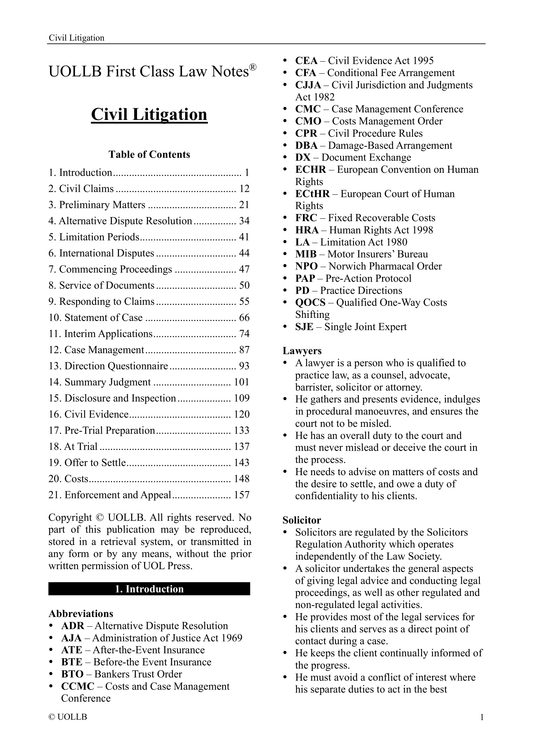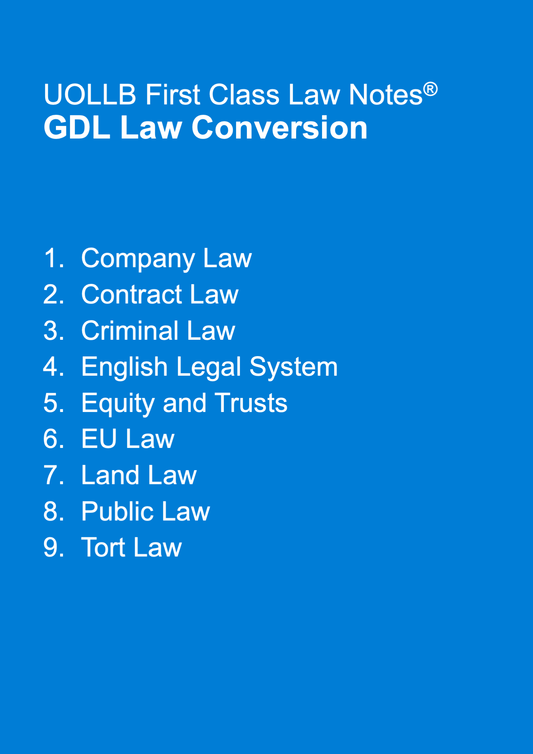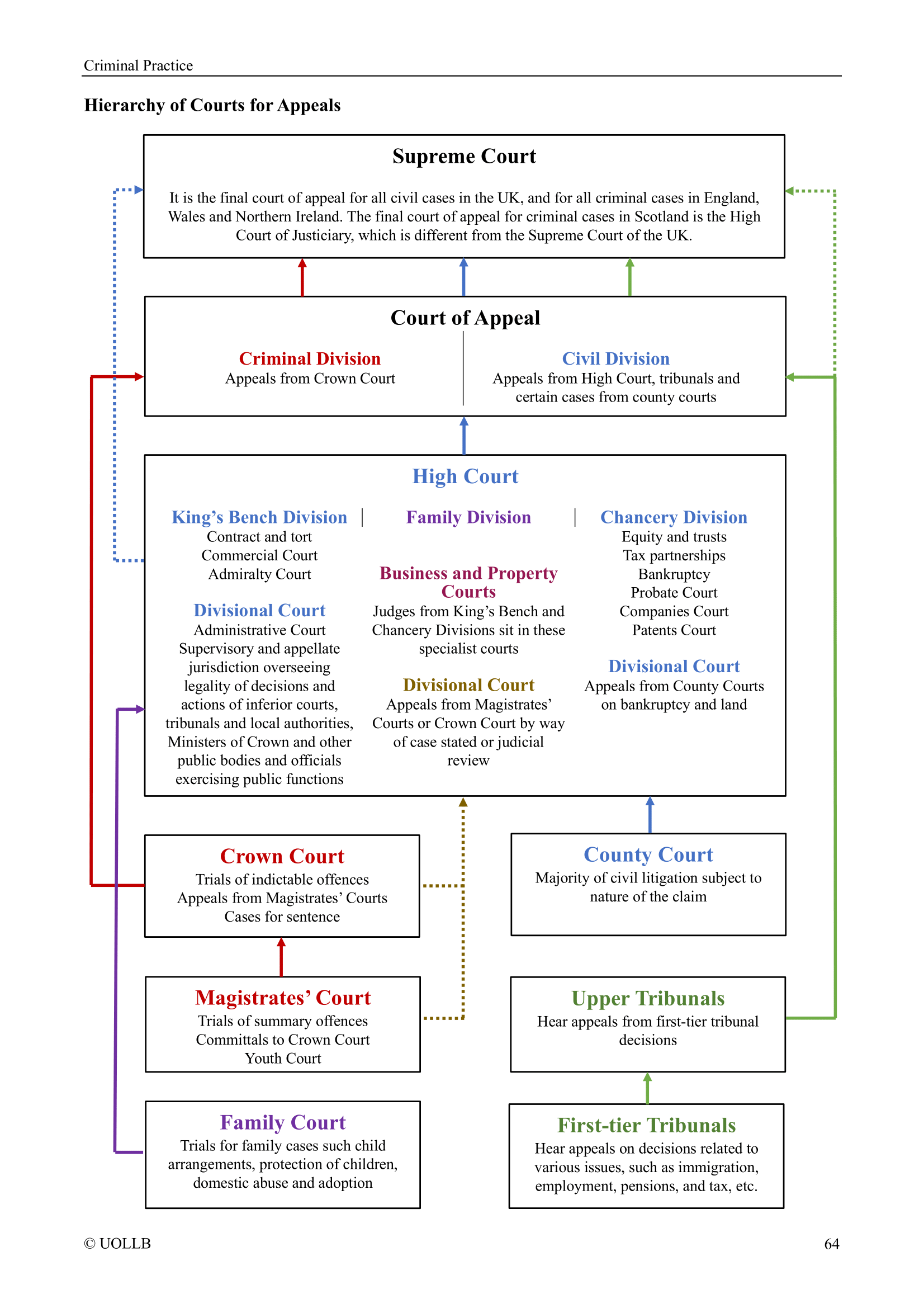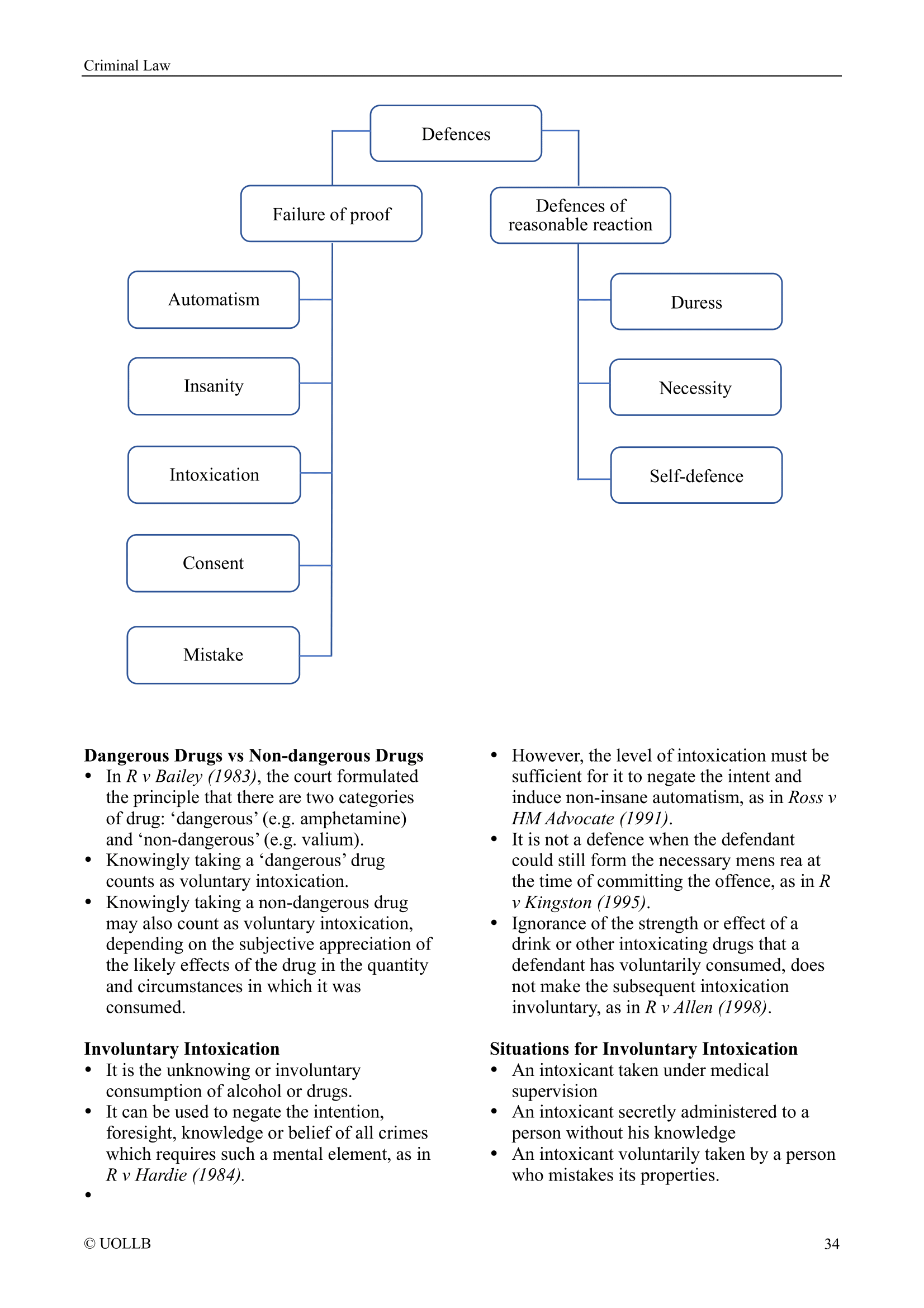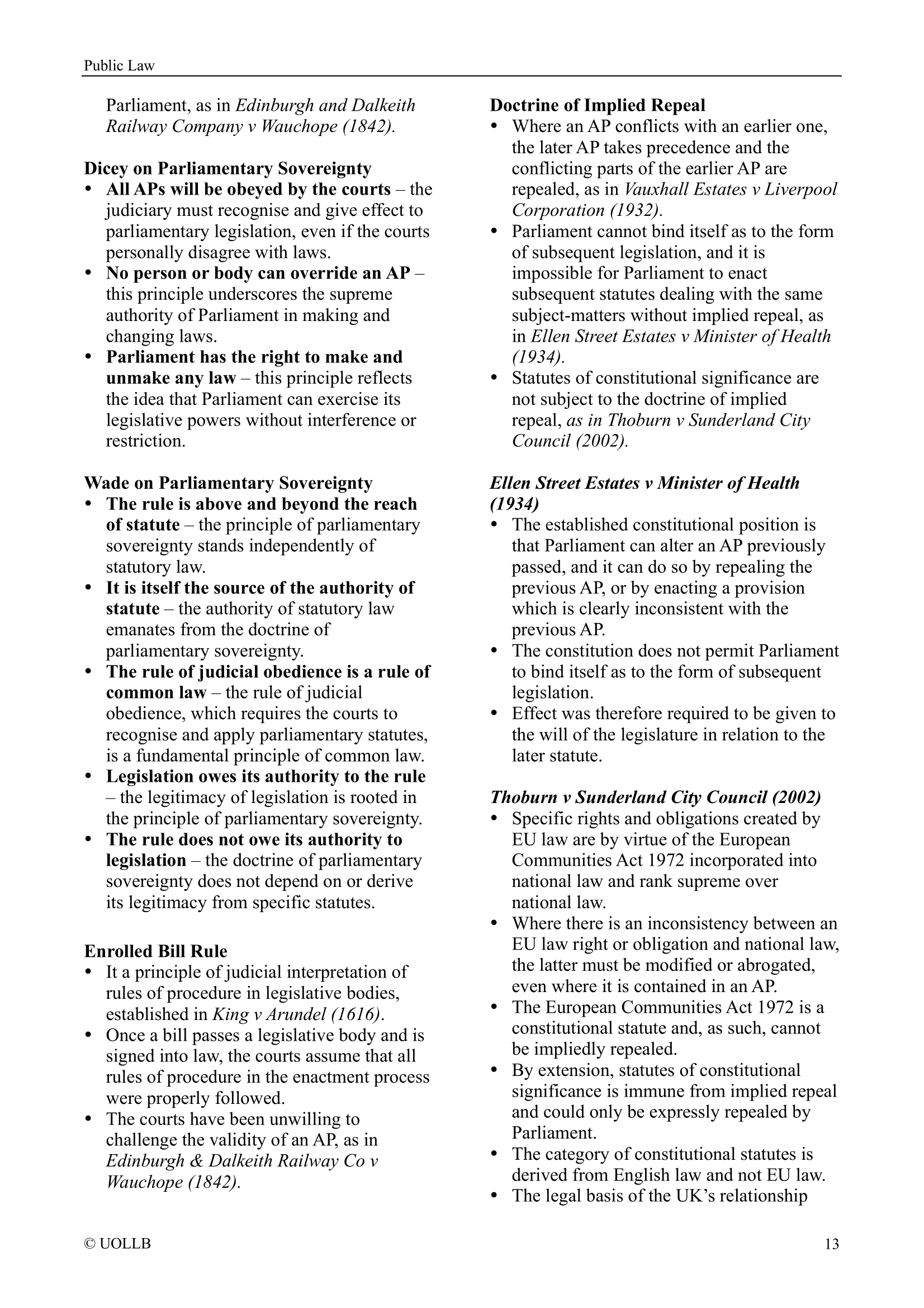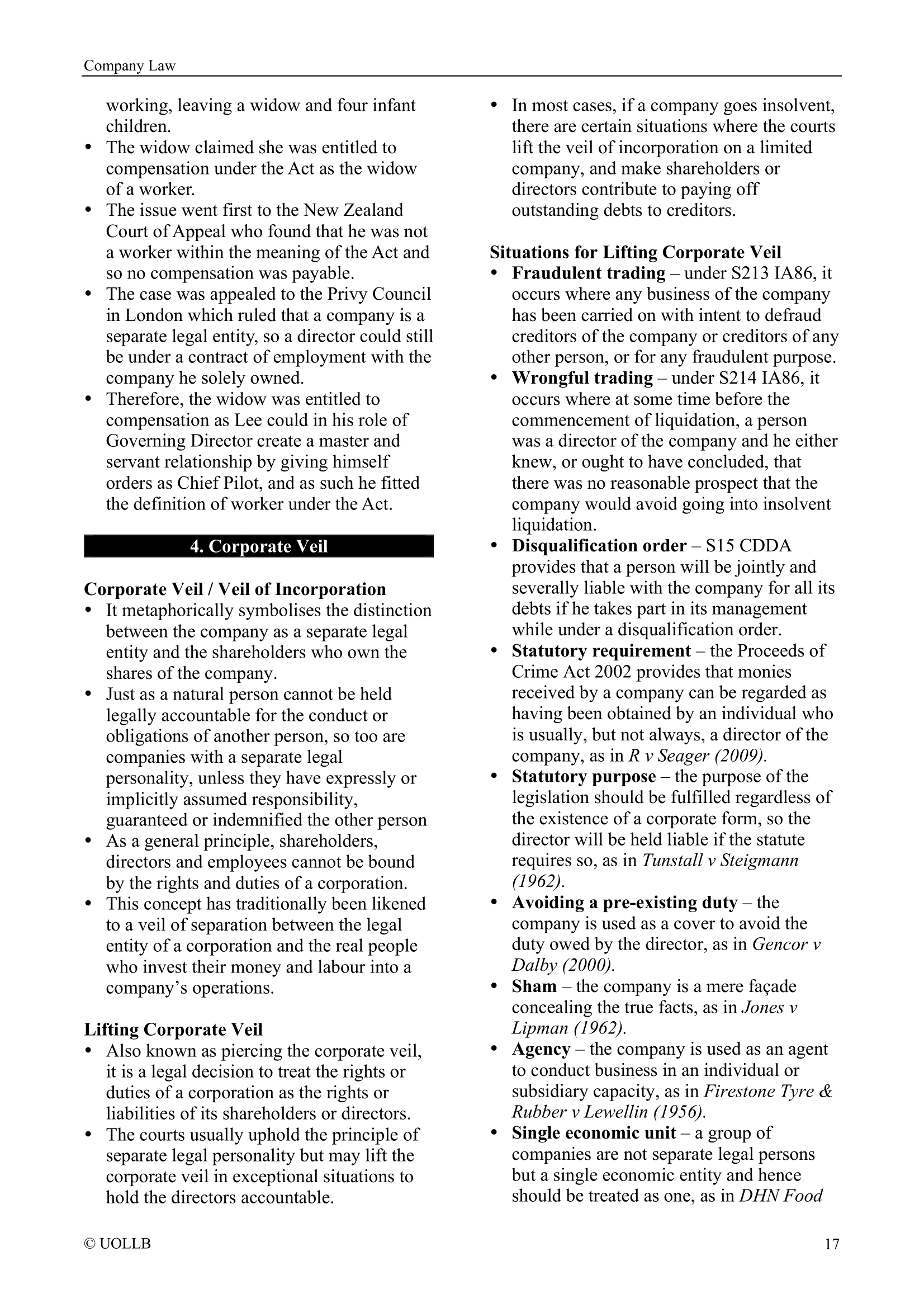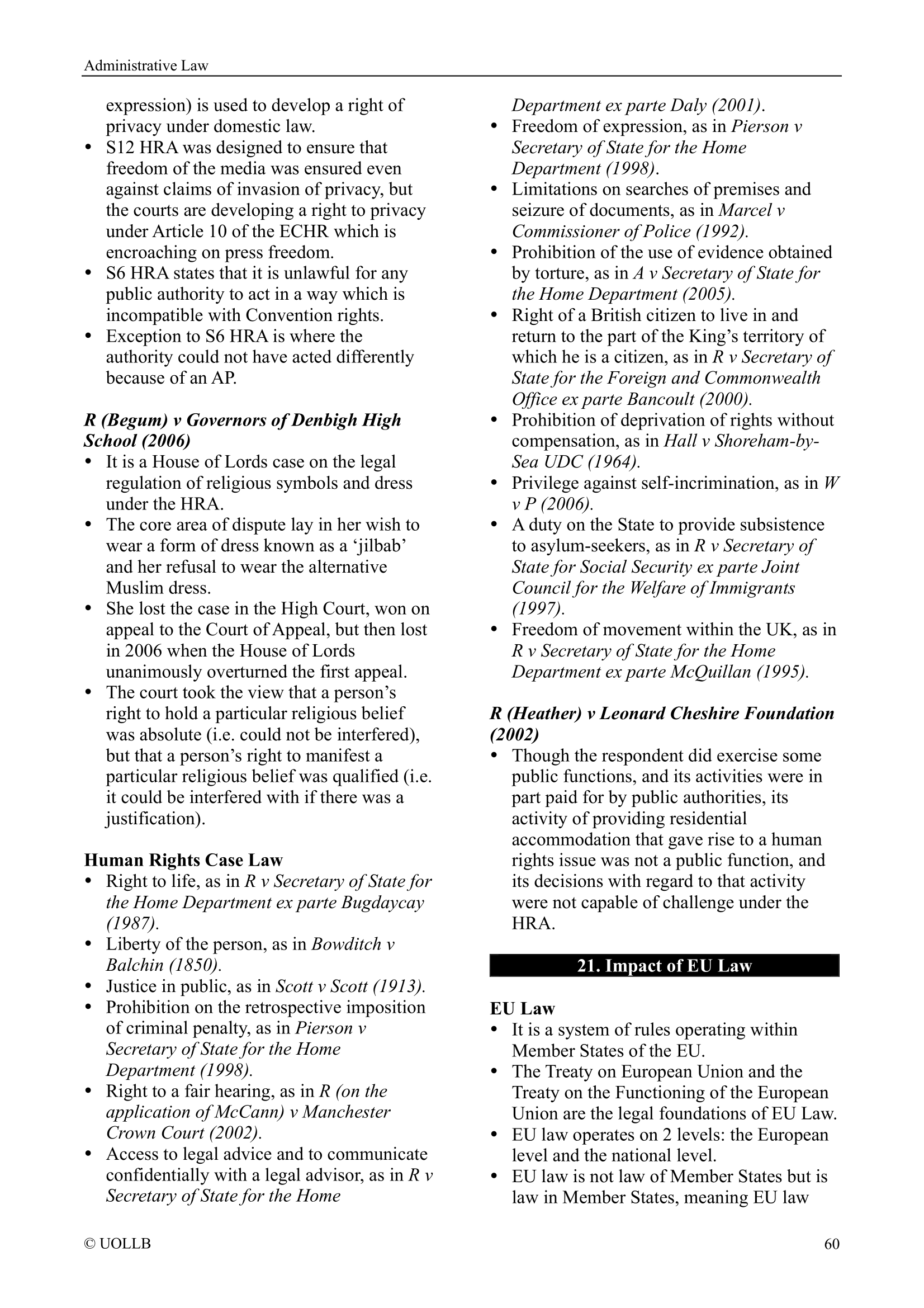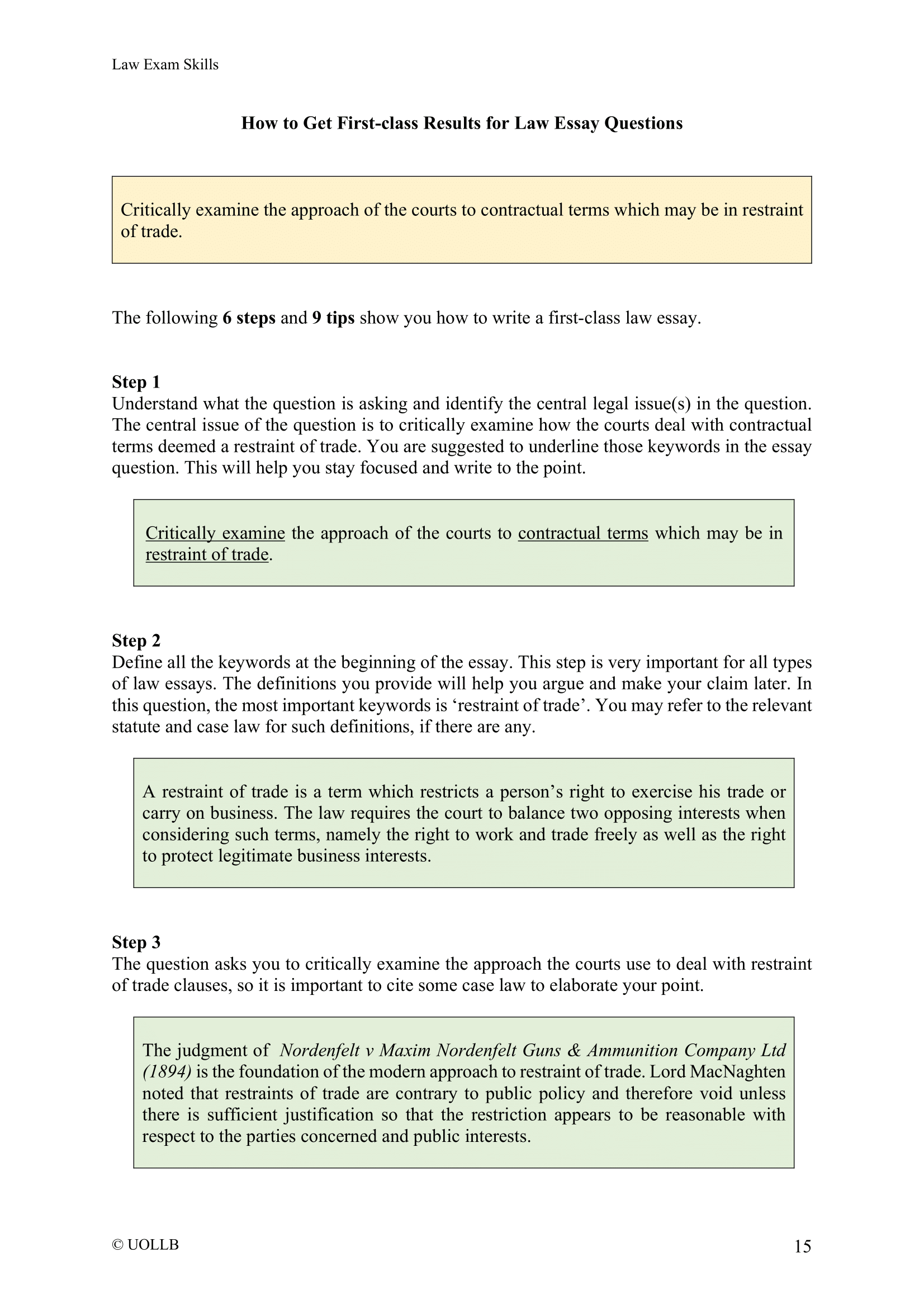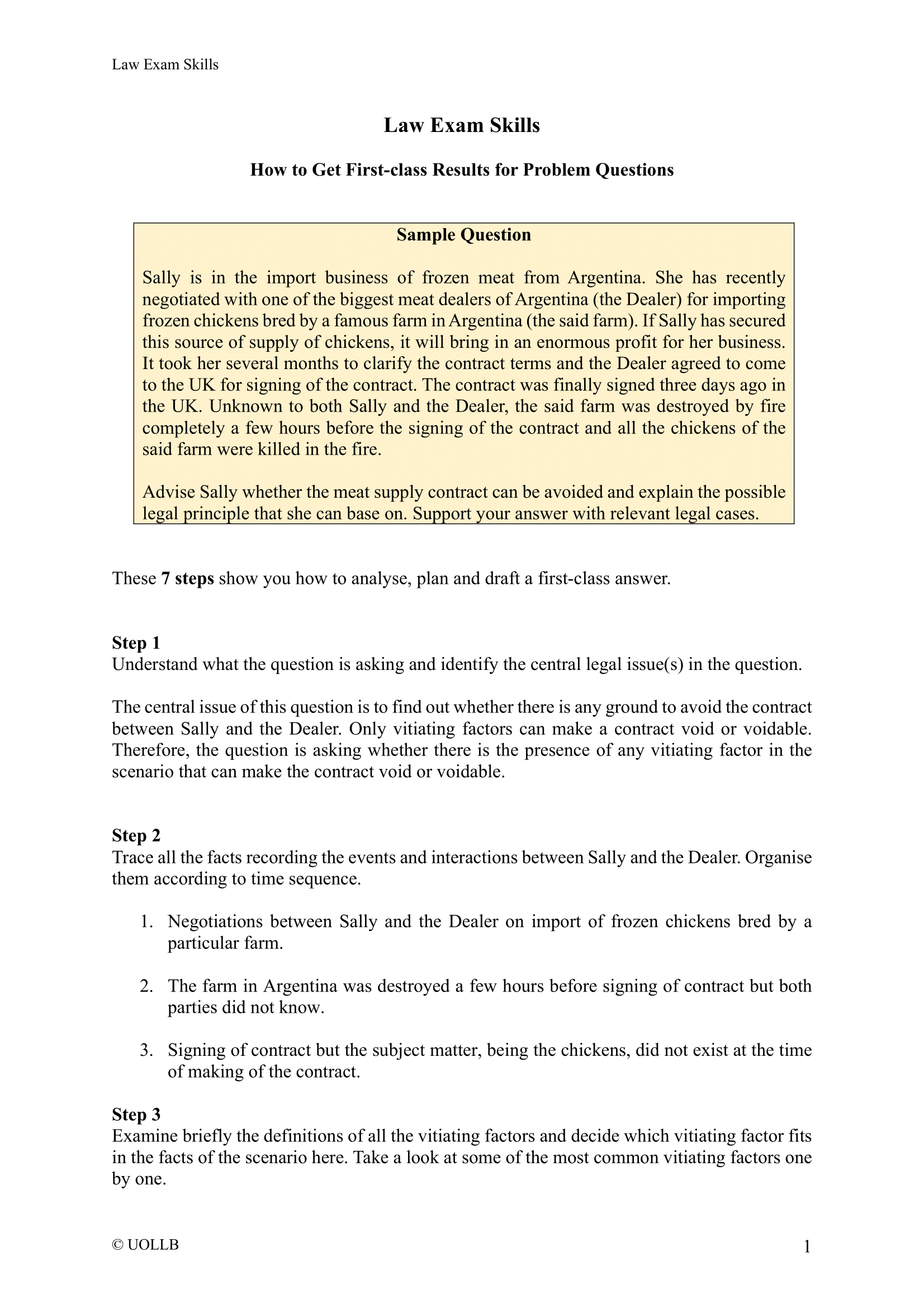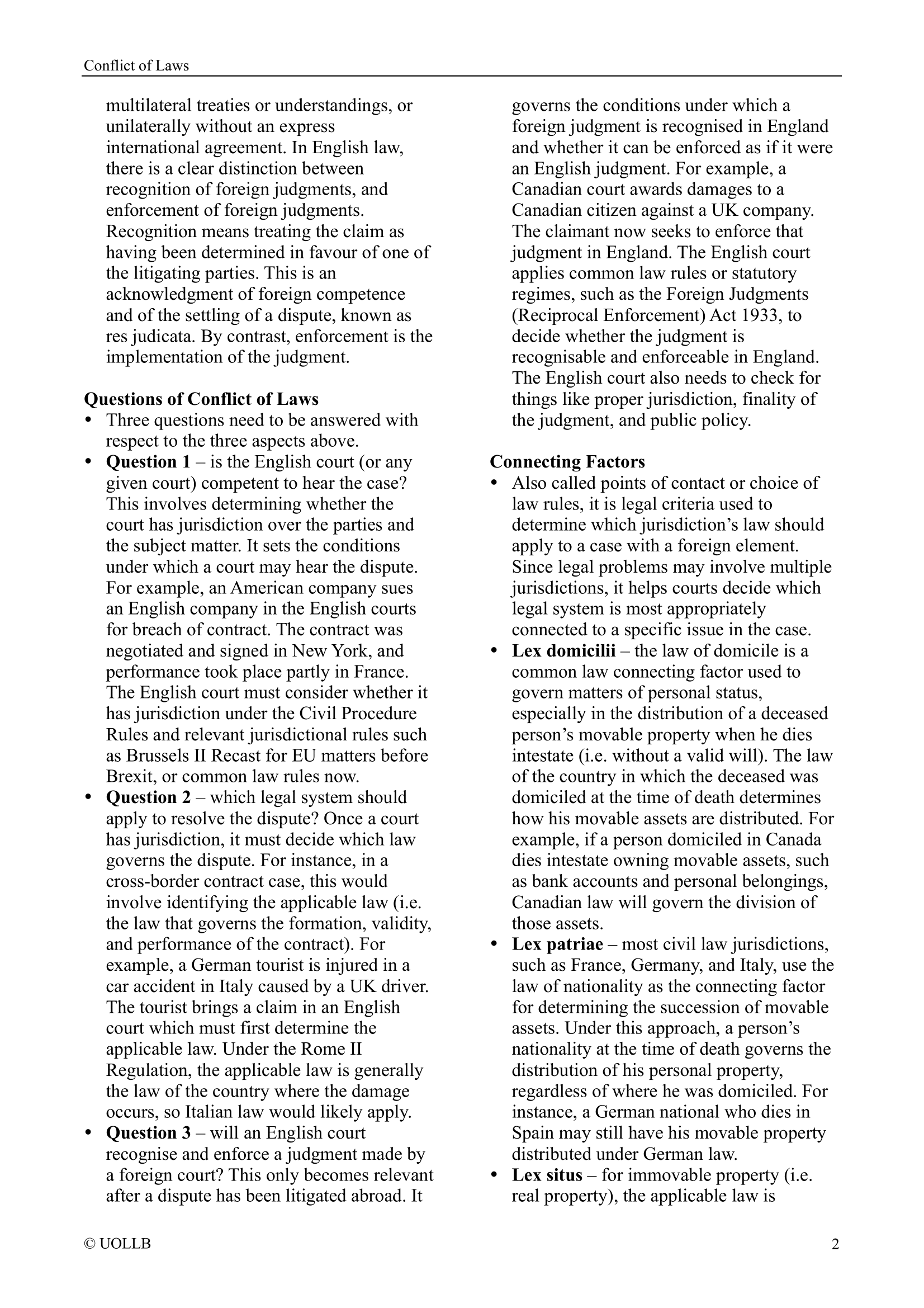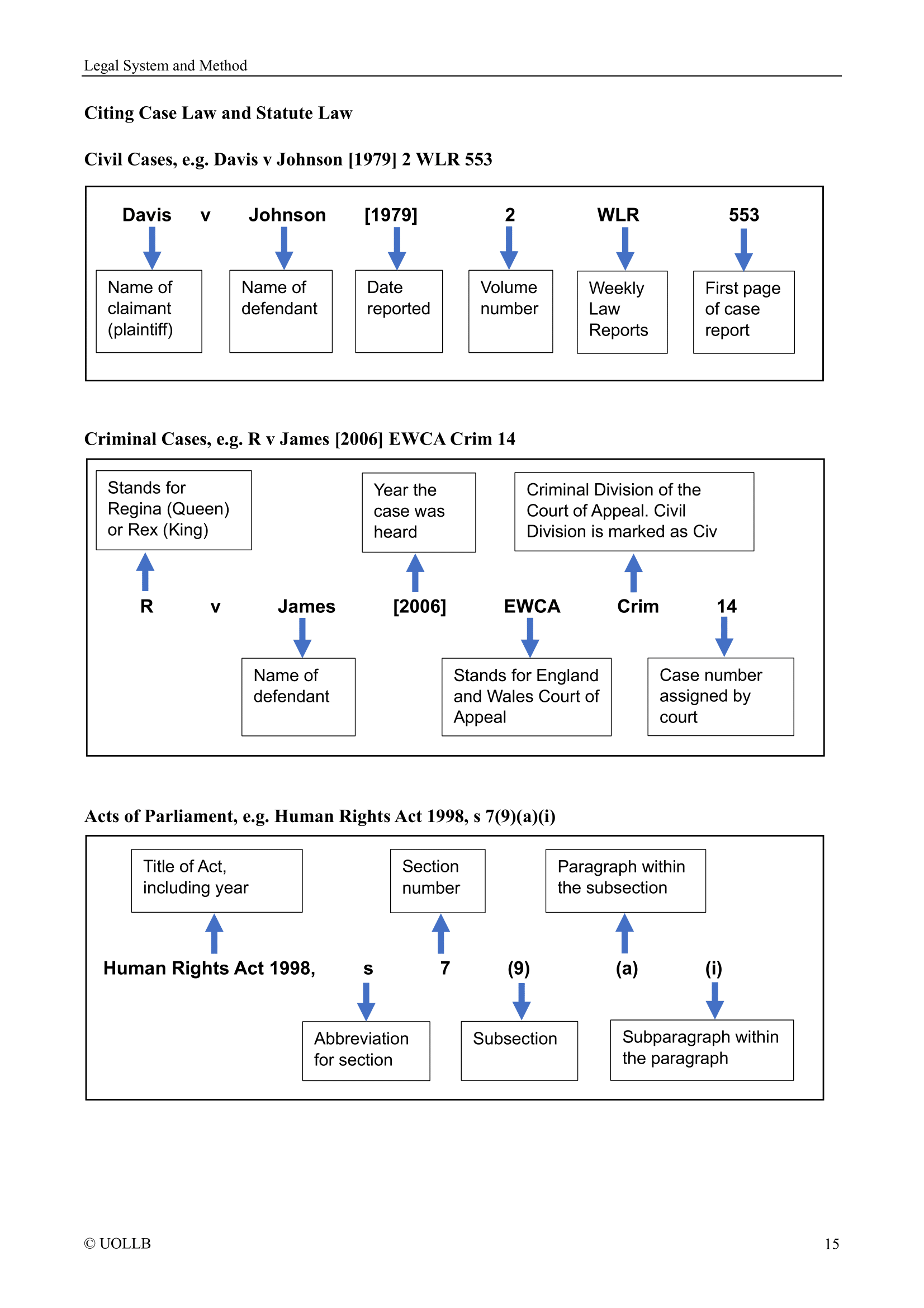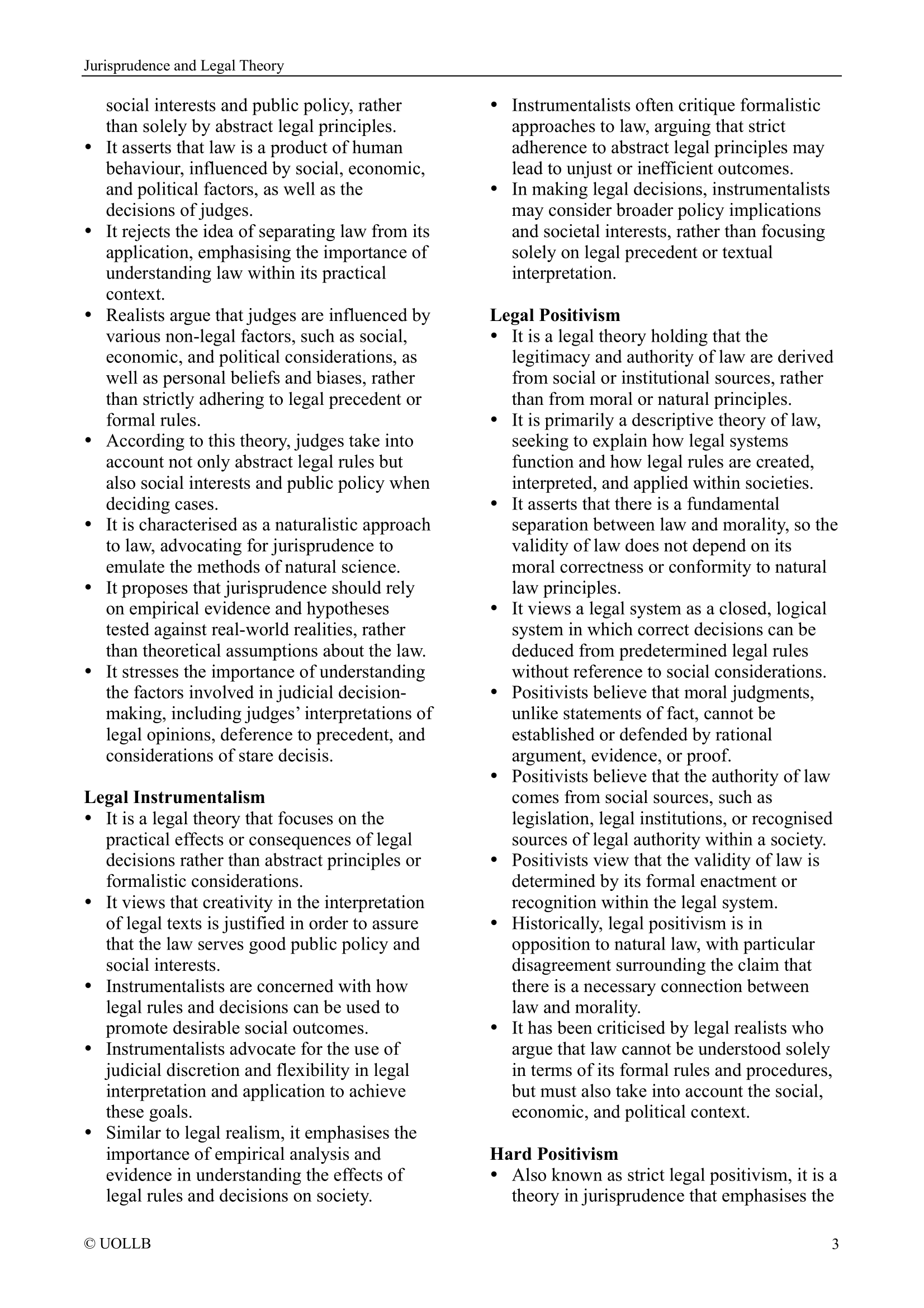Why Is Studying Law Challenging
Share
Law is often described as a vast and intricate puzzle, confusing at first, sometimes overwhelming in the middle, but increasingly coherent as the pieces begin to click into place. Yet, even for the most diligent students, some parts of this puzzle remain stubbornly complex. Among these, the most challenging are not necessarily the content-heavy subjects or voluminous cases, but rather the interpretive and philosophical dimensions of the law. These require not only technical understanding but also abstract thought, critical reasoning, and a willingness to confront ambiguity. The hardest things to understand in law often revolve around legal interpretation, the uncertainty of legal reasoning, jurisprudence, the conflict of laws, and the application of legal principles to complex factual situations.
One of the greatest intellectual challenges in legal study is mastering legal interpretation. While statutes and legal documents are written texts, they are far from self-explanatory. Language, by its nature, is open to ambiguity, and legal language often carries specific meanings not immediately apparent to the untrained eye. Judges must rely on interpretive tools, such as the literal, golden, mischief, and purposive rules, to make sense of legislation. Each of these methods offers a different approach: the literal rule insists on applying the plain meaning of words, even when it leads to absurd outcomes; the golden rule permits a more flexible reading to avoid such absurdity; the mischief rule focuses on the problem the statute was intended to resolve; and the purposive approach interprets the law in line with the legislature's broader objective. The difficulty lies in the fact that these methods can point in different directions, and their application is often subjective. Even among judges, opinions differ about which method is most appropriate in a given case. This interpretive plurality means that legal outcomes are rarely predetermined, and understanding how interpretation operates in practice requires careful study, deep reading of judgments, and an appreciation for the role of judicial discretion.
Closely related to this is the uncertainty inherent in legal reasoning itself. Law students often begin their studies expecting clear answers, i.e. fixed rules that can be applied in a step-by-step fashion to reach a conclusion. But this expectation is quickly challenged. Legal reasoning involves more than syllogisms and deductions. The common law system, in particular, evolves case by case through judicial decisions, and its reliance on precedent introduces both structure and uncertainty. Judges must distinguish, apply, or overrule earlier decisions, and each of these processes requires nuanced judgment. Hard cases, where rules conflict or do not clearly apply, expose the limits of rigid reasoning and highlight the interpretive and often moral choices that judges must make. Legal materials constrain but do not completely determine outcomes. This fluidity can be disorienting, especially to students accustomed to disciplines where there is one correct answer. It requires not only an understanding of legal doctrine but also the development of argumentative and critical thinking skills that take years to refine.
Jurisprudence, which is the philosophy of law, adds another layer of complexity. Unlike doctrinal subjects, which focus on what the law is, jurisprudence asks what the law ought to be, where it comes from, and what justifies its authority. It challenges students to grapple with abstract concepts such as justice, authority, and the rule of law, and to engage with thinkers like H.L.A. Hart, Ronald Dworkin, Joseph Raz, and Hans Kelsen. These theorists often disagree profoundly, and understanding their arguments requires reading difficult texts and situating them within broader philosophical traditions. For instance, Hart's theory of the rule of recognition proposes that legal validity is a matter of social acceptance, while Dworkin's "law as integrity" argues that judges should interpret the law in the best moral light. These ideas are not simply academic; they underpin judicial reasoning and help explain why courts reach different conclusions in similar cases. But their abstract nature makes them among the most intellectually demanding parts of legal education.
Another notoriously difficult area is private international law, or the conflict of laws. This field deals with legal disputes that span multiple jurisdictions, including cases where parties, events, or contracts are connected to different legal systems. The central question is often: which jurisdiction's law should apply? Answering this requires understanding complex rules about jurisdiction, choice of law, and recognition of foreign judgments. Students must learn how to distinguish between procedural and substantive law, determine habitual residence or domicile, and apply doctrines like lex loci celebrationis or lex contractus. These rules are not only numerous but often counterintuitive, and they require students to juggle multiple legal systems and legal cultures. This complexity is compounded by the fact that each legal system may approach core concepts, such as family, contract, or property, very differently.
Even once students understand legal rules and doctrines, applying them to specific factual scenarios remains a persistent challenge. This is particularly evident in legal problem-solving and essay writing, where students must identify relevant issues, apply legal rules to messy facts, and reason toward a justified conclusion. The challenge here is twofold. First, real-world facts are rarely clean or simple. Legal scenarios are often designed to include multiple issues, ambiguous facts, and competing interpretations. Second, the application of the law is not always straightforward. Students must learn to prioritise issues, identify the most relevant authorities, and present their reasoning in a clear and persuasive manner. This skill, known as legal analysis, takes time to develop and is often what distinguishes high-performing law students from the rest.
Finally, law often requires the balancing of competing values and interests. In areas like public law, torts, and human rights, courts are regularly called upon to resolve tensions between freedom and security, individual rights and the public interest, or fairness and efficiency. These are not technical problems with fixed answers but value-laden dilemmas that require careful judgment. Judges must decide not just what the law says, but what it should mean in a particular context. For students, learning to navigate these questions means engaging with policy, ethics, and political theory, often without clear guidance about what is right.
In sum, the hardest thing to understand in law is not a single concept or doctrine, but rather the nature of law itself as a human, interpretive, and often indeterminate system. Law is difficult because it is about people, so it is fallible, diverse, and value-driven. It resists easy answers and demands rigorous thought, careful reading, and sustained argument. But it is precisely these challenges that make studying law so intellectually rich. Mastery comes not from memorising rules, but from learning how to think with clarity, argue with reason, and accept the ambiguity that lies at the heart of legal reasoning.
